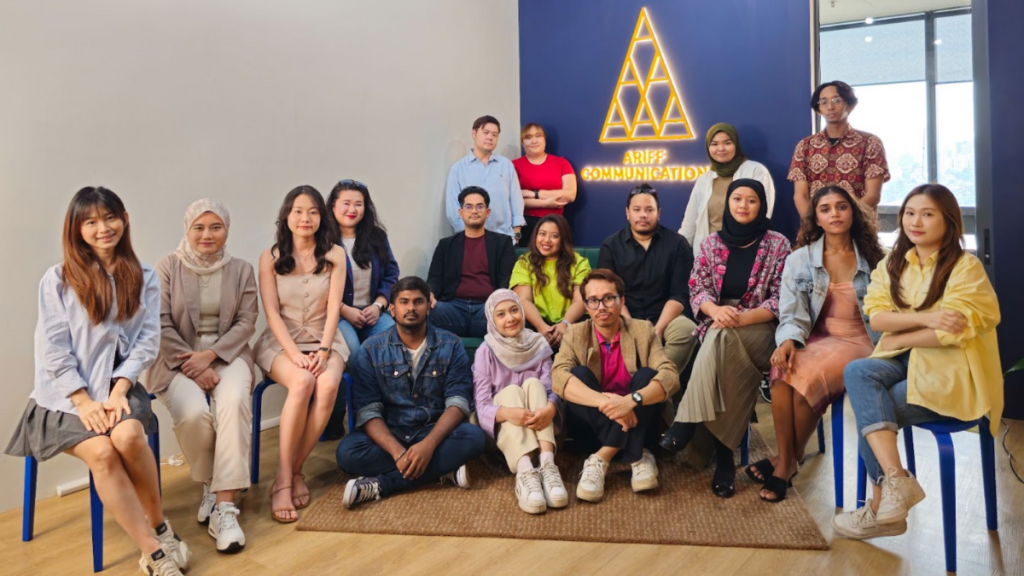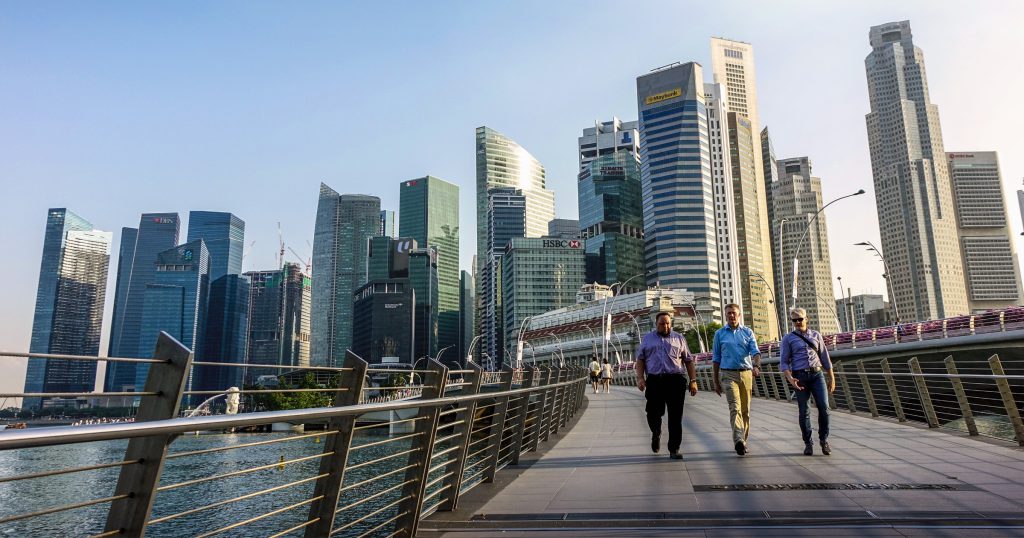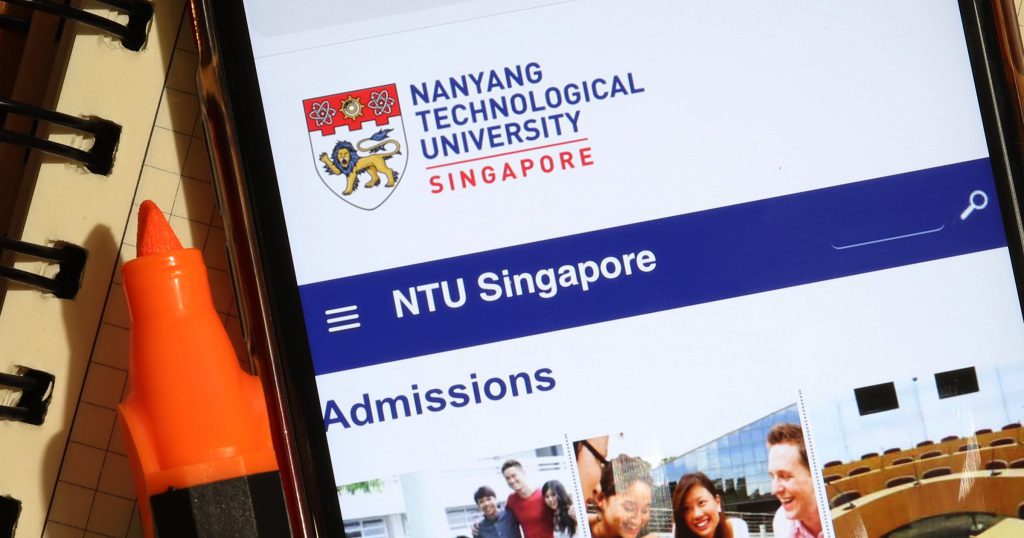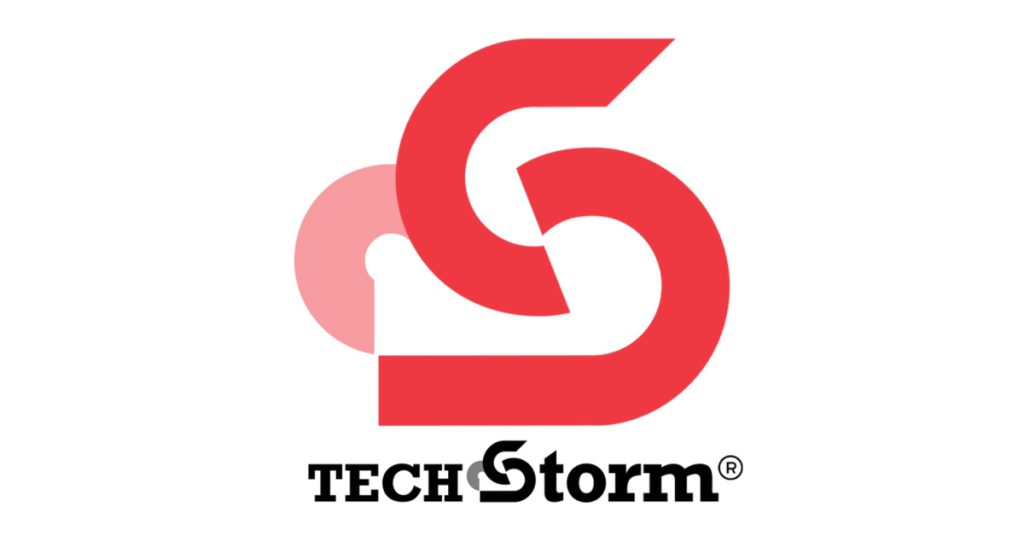We’ve been hearing about a lot of exciting innovations in the past few days as part of Singapore’s Smart Nation Innovations Week. From transport to Internet connections, it seems like there’ll be plenty of interesting ideas to be tested and debated in the near future. Here’s a roundup of some that you should definitely look forward to, along with how we hope they’ll make our lives better in the years to come.
1. Express shuttles that arrive when you need them
It’s been a busy few days for the transportation sector, with plenty of innovative solutions for our transport woes taking shape during this week’s events. With the sheer number of ideas soon to be tested out, we’re expecting to be able to get around our tiny island a lot faster in future.

The Infocomm Development Authority revealed today that it’ll be piloting an express shuttle service, which can be activated instantly on-demand. The agency is planning to use big data to track places and timings where demand for cabs or buses is high, ensuring that 20-seater mini-buses can be deployed to hotspot areas on a flexible basis.
Using big data to solve our transportation woes isn’t a new idea, but it certainly sounds promising: last year, the LTA, SMRT, StarHub and IBM announced a collaboration to ease our transport problems through a data-driven analytics model. An extra fleet of public transport vehicles sounds amazing, particularly when unexpectedly high demand for transportation crops up (read: MRT breakdowns during morning rush hour).
The shuttle service fare is expected to fall between S$5 and S$10, which is pricey but reasonable for a faster commute and a way to beat the crowds. Let’s hope that with this service, we’ll have no reason to complain about inefficient transport anymore.
2. Monthly subscription fees for all your transportation needs
This won’t get you to your destination faster, but it might make your commute cheaper. Whether you travel by bus, train or cab, the Mobility As A Service (MaaS) mobile app might soon allow you to pay a one-off, monthly subscription fee to get around Singapore.

Details are scant thus far, but according to IDA executive deputy chairman Steve Leonard, this integrated model will allow us to get around at a lower cost. Another huge advantage is its efficiency; there won’t be a need to worry about your ez-link card running out of money, or to rush to top up your card when you’re late for work. Add to that the fact that you’ll be able to get the app to plan a trip for you — all you need to do is enter your starting point and destination — and MaaS might just be the next efficient, one-stop platform for our transportation needs.
3. Driverless cars and drones in Sentosa
If the future is here, it’s landing first on Sentosa Island. Besides the sea, a trip to Sentosa will soon feature other breathtaking views: drones, autonomous vehicles, and most terrifyingly, driverless lawn mowers. The IDA revealed yesterday that it’ll be working with the Sentosa Development Corporation to test out smart solutions to transport and waste management issues faced by the island. Driverless cars will ferry visitors around the island, drones will roam about to check for litter, and self-driving lawnmowers will maintain the landscape (hopefully without, say, accidentally mowing your shoelaces).

Many of the island’s problems — crowd management, cleanliness maintenance, transportation — are similar to its mother island Singapore’s. If the high-tech solutions soon to be trialled at Sentosa are effective, there’s no reason why they can’t be adapted to the rest of Singapore. In that case, we can look forward to cleaner surroundings, novel ways of getting around, alleviated manpower crunch…the list goes on.
4. Sliding Internet connection between different networks
As part of Singapore’s Smart Nation vision, the IDA is planning to work with SingTel, StarHub, M1 and MyRepublic to roll out a Heterogenous Network programme. What this means for residents of Jurong Lake District — and if this trial goes well, for all of us — is that Internet connection will be able to roam seamlessly across different telcos and networks, depending on location.

Theoretically, this interconnected infrastructure will mean that your network connection won’t suffer even when one service provider suffers an outage — as happened yesterday with SingTel. It also potentially offers better coverage and higher bandwidth for Singaporeans, two things which are definitely essential with more and more of our everyday objects joining the Internet of Things.











